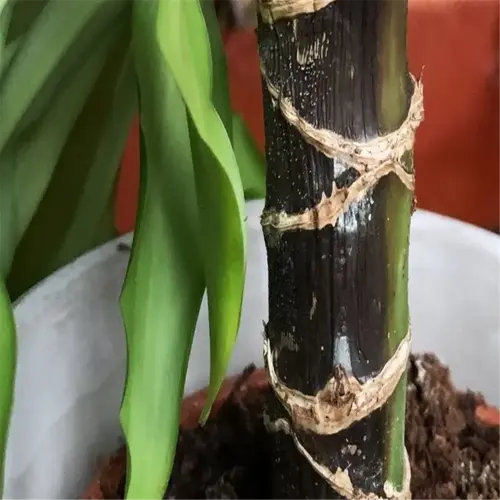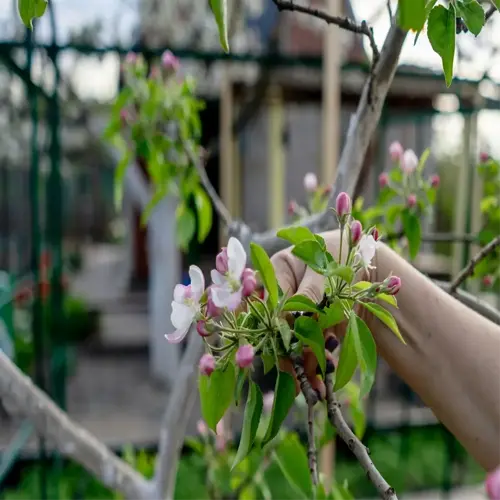What soil conditions work best for shade vegetables?

Written by
Kiana Okafor
Reviewed by
Prof. Charles Hartman, Ph.D.Vegetables that are shade tolerant require an ecologically fit bed to assist with the limited sunlight they will receive. A pH of 6.0-6.8 is crucial for nutrient uptake. Two to three inches of compost will assist in moisture retention, which is essential for consistent growth. Additional enhancements include proper drainage to facilitate and create a good soil environment with a balance of mulch to reduce growth in low-light environments.
pH & Nutrients
- Test soil pH biannually with $15 digital meters
- Add dolomite lime to raise pH by 0.5 units
- Mix sulfur to lower pH for acid-loving greens
Moisture Retention
- Layer 3 inches of compost annually
- Incorporate coconut coir for container gardens
- Water-retaining crystals reduce drought stress
Temperature Control
- Apply 2-inch straw mulch in summer
- Use black plastic mulch for spring warmth
- Leaf mold insulates roots in winter
During spring and fall, do a soil pH test using inexpensive probes. Acidic soils with pH below 6.0 will make spinach grow poorly and alkaline soils (above pH 7.0) will lock iron. Amend the beds with pH stabilizers, like lime (to raise soil pH) or sulfur (to lower the soil pH), 3 weeks before planting so they have time to lower or raise the soil pH.
For shade gardens, compost functions as a moisture battery. Blend in well-rotted manure with the topsoil to increase moisture capacity up to 40%. Container gardeners should supplement their usual potting mix after every season by replacing 25% of it with compost to add organic matter.
Soils in shaded areas tend to stay cooler which slows soil microbial activity. It is best to apply a mulch layer after the soil has warmed up to 60°F in the spring. Shredded leaves can create a coverage that is high in nitrogen or cocoa hulls will help reduce slugs. Avoid using rocks, which will promote chilling in the root zone in low-light environments.
To create potting soil mixes, combine fifty percent potting soil, thirty percent perlite, and twenty percent worm castings. This mix prevents compaction of the soil while providing nutrients to the roots. Further, raise pots on feet, not just for drainage but to improve airflow, which is especially important to avoid rot with perennially moist soils in the shade.
Read the full article: 10 Shade Tolerant Vegetables for Your Garden

